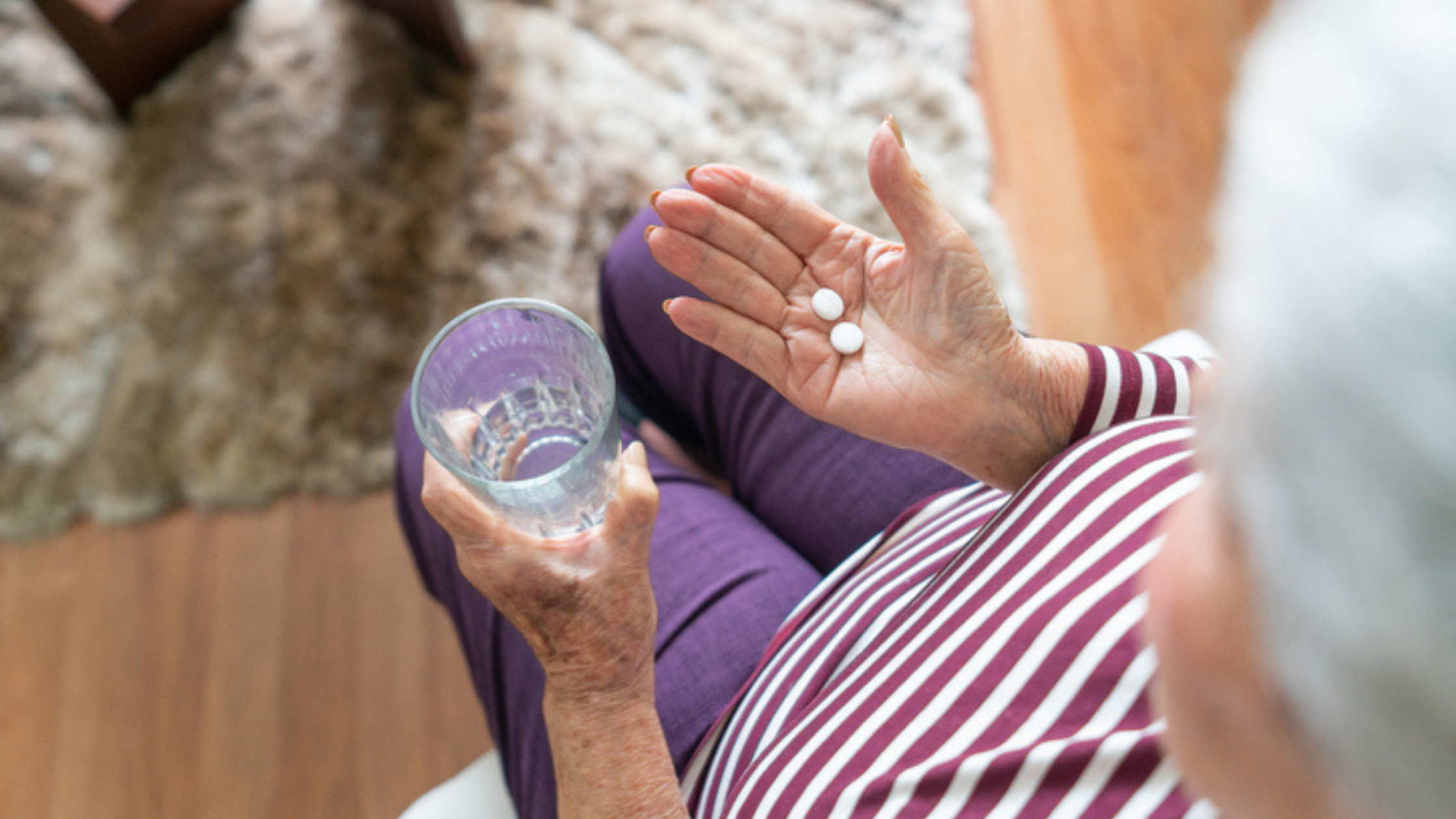Did you know body fat could predict how long and healthy you live? The amount and type of fat we carry can significantly influence the length of time we live free from chronic diseases, directly impacting both lifespan and healthspan. This blog delves into why maintaining an optimal body fat percentage is vital for longevity, explores how body fat percentage is calculated, and outlines the impacts of body fat on aging.
Why Maintaining a Healthy Body Fat Percentage is Vital for Longevity
Maintaining a healthy body fat percentage is essential for overall health and longevity. Excessive body fat, particularly visceral fat, is associated with a higher risk of various diseases, including type 2 diabetes, heart disease, and certain cancers (R).
Conversely, too little body fat can be detrimental, potentially leading to hormonal imbalances and bone density loss. Therefore, understanding and achieving an ideal body fat percentage can help optimise health and extend life expectancy (R).
Body Fat Percentage: Definition and Importance
Body fat percentage is a key metric that gauges the proportion of fat in one's body relative to their total body weight, which includes muscles, bones, water, and other tissues. It is expressed as a percentage and is considered a more accurate indicator of body composition than weight alone (R).
How to Calculate Body Fat
There are various methods for calculating body fat percentage, each varying in complexity and accuracy. The simplest techniques suitable for home use include using skinfold callipers to measure fat thickness at different body parts or employing a body fat scale that utilises bioelectrical impedance analysis (BIA) to estimate fat levels.
Methods like dual-energy X-ray absorptiometry (DEXA scans) are used in clinical settings for more accurate and detailed measurements. These scans provide highly precise readings by distinguishing between bone, muscle, and fat mass.
Regardless of the method used, body fat percentage is determined by dividing the total fat mass by the overall body mass and multiplying by 100 to get a percentage value (R).
BMI, Height, Weight, and Sex at Birth
Body Mass Index (BMI) is another tool for categorising weight status and potential health risks. It uses height and weight to calculate a number that places individuals in categories like underweight, normal weight, overweight, or obese.
While BMI can be a useful initial screening tool, it does not account for muscle mass. Therefore, it can misclassify highly muscular individuals as obese or naturally lean individuals as healthy when they may have a high percentage of body fat (R).
What is the Healthiest Body Fat Percentage for Men and Women
The ideal body fat percentage varies by sex due to physiological differences. Generally, women require a higher body fat percentage than men for hormonal functions and overall health.
These ranges can shift slightly depending on age as body fat increases (R).
Body Fat Percentage and Age
As people age, their body composition changes. Older adults tend to have higher body fat percentages, even if their weight does not change. Managing body fat percentage effectively can help reduce the risk of age-associated diseases and enhance longevity (R).
Ideal Body Fat Percentages by Age
Men:
- 20s to 30s: Young men typically have a lower body fat percentage, ideally ranging from 8% to 20%. This is when metabolic rates are higher, and muscle mass tends to be at its peak.
- 40s to 50s: As men age, their metabolism slows, and maintaining muscle mass becomes more challenging. An ideal body fat percentage increases slightly to 10% to 22%.
- 60s and beyond: For men in their sixties and older, the ideal body fat range might be between 13% and 25%. In this age group, it's important to balance maintaining a healthy weight with the risk of losing muscle and bone density (R).
Women:
- 20s to 30s: Women in their twenties and thirties usually have a body fat percentage between 18% and 28%. Their bodies require more fat for reproductive and hormonal functions.
- 40s to 50s: During these years, women go through hormonal changes that can affect body composition, including the onset of menopause. The ideal body fat percentage might shift to 20% to 30%.
- 60s and beyond: Post-menopausal changes can increase body fat due to a further decrease in metabolic rate and muscle mass. A healthy body fat range for women over sixty could be 22% to 33% (R).
Body Fat Percentage and Longevity
Studies have demonstrated that lower body fat content and caloric restriction contribute to longer lifespans across various species, including humans. For instance, mice with fat-specific disruptions in insulin receptors exhibited increased lifespans, suggesting that reduced adiposity, even without reduced caloric intake, is beneficial for longevity (R, R).
Visceral Fat and Its Impact on Longevity
Visceral fat, the fat stored around internal organs, which can be a result of poor diet, smoking, alcohol, sleep deprivation, genetics, stress, lack of exercise or age, is particularly harmful. It has been linked directly to metabolic diseases and increased inflammatory markers. Reducing visceral fat can significantly lower the risk of chronic diseases and is crucial for increasing healthspan (R).
BMI and Hallmarks of Aging
Research indicates that a higher BMI in midlife is associated with a greater prevalence of hallmarks of aging, such as telomere shortening and reduced stem cell function, in later life. These hallmarks are critical factors in the aging process, influencing everything from cellular health to regeneration capacity (R).
Conclusion: Balancing Body Fat Percentage for Longevity
In summary, maintaining an ideal body fat percentage is imperative for longevity. It is not just about reducing the number of years affected by illness but enhancing the overall quality of life as we age.
Managing body fat involves regular physical activity, a balanced diet, and regular health check-ups to monitor changes in body composition and address potential health issues promptly. By effectively understanding and managing body fat, individuals can look forward to healthier and potentially longer lives.























